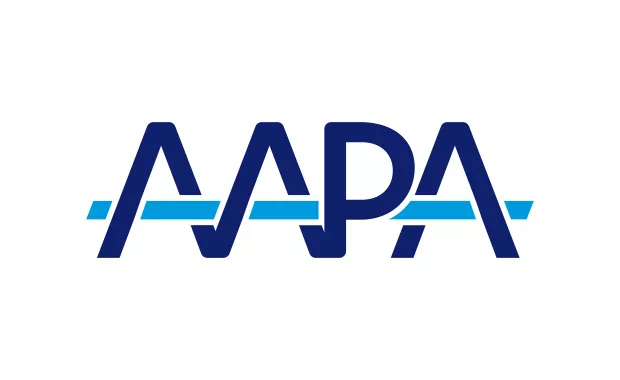AAPA Responds to AAEM Position Statement on Advanced Practice Providers
AAEM position threatens patient access to care
February 11, 2019
The American Academy of Emergency Medicine (AAEM) recently issued a position statement on advanced practice providers (APPs), which include PAs. AAEM advocates for increased barriers to PA practice, including a requirement that PAs practice in an emergency department only when a board-certified emergency physician is available to assign patients and directly supervise PA care. According to AAEM, it has taken this position as “a pro-active step to protect employment opportunities for board-certified emergency physicians and upcoming residents and students.”
AAEM’s position on APPs is not in the best interest of patients, and out of touch with how medicine is practiced today. It is at odds with the fact that emergency departments nationwide are already crippled by physician shortages.[1]
Nearly 10 percent of the nation’s more than 131,000 PAs practice in emergency medicine. They are critical to the timely delivery of high-quality care to patients who are often their most vulnerable. According to a September 2018 study in the Annals of Emergency Medicine, more than one-third of all emergency room clinicians are someone other than an emergency physician; and 27 percent of U.S. counties had no emergency clinicians at all.[2]
Importantly, PA practice has been extensively studied and evaluated, and PAs have been found to provide high-quality patient care.[3]
Increasing barriers to PA practice will neither improve healthcare, nor will it increase employment opportunities for physicians. According to a new report by the U.S. Departments of Health and Human Services, Treasury, and Labor, Reforming America’s Healthcare System Through Choice and Competition: “Research suggests that allowing allied health professionals to practice to the full extent of their abilities is not a zero sum game for other medical professionals, and may actually improve overall health system capacity.”[4]
Contrary to the apparent belief of AAEM, PAs do not seek to practice independently. PAs are seeking the removal of unnecessary administrative constraints, like the requirement for a PA to have an agreement with a specific physician in order to practice. This may have made sense 50 years ago, when most PAs and physicians worked together in a solo or small private practice. Today, however, most physicians and PAs work in group practices or hospital settings, where PA-physician agreements interfere with their ability to make practice-level decisions about patient care teams. In emergency medicine, with its often unpredictable, fast-paced environment, it is even more critical to have the flexibility to make those determinations where and when the care is being provided.
More resources:
SEMPA Responds to AAEM’s Recently Released Updated Policy on Advanced Practice Providers in the ED
[1] https://www.healthexec.com/topics/quality/physician-shortages-crippling-rural-emergency-departments
[2] https://www.annemergmed.com/article/S0196-0644(18)30267-1/fulltext
[3] https://www.aapa.org/download/39029/
[4] https://www.hhs.gov/sites/default/files/Reforming-Americas-Healthcare-System-Through-Choice-and-Competition.pdf


